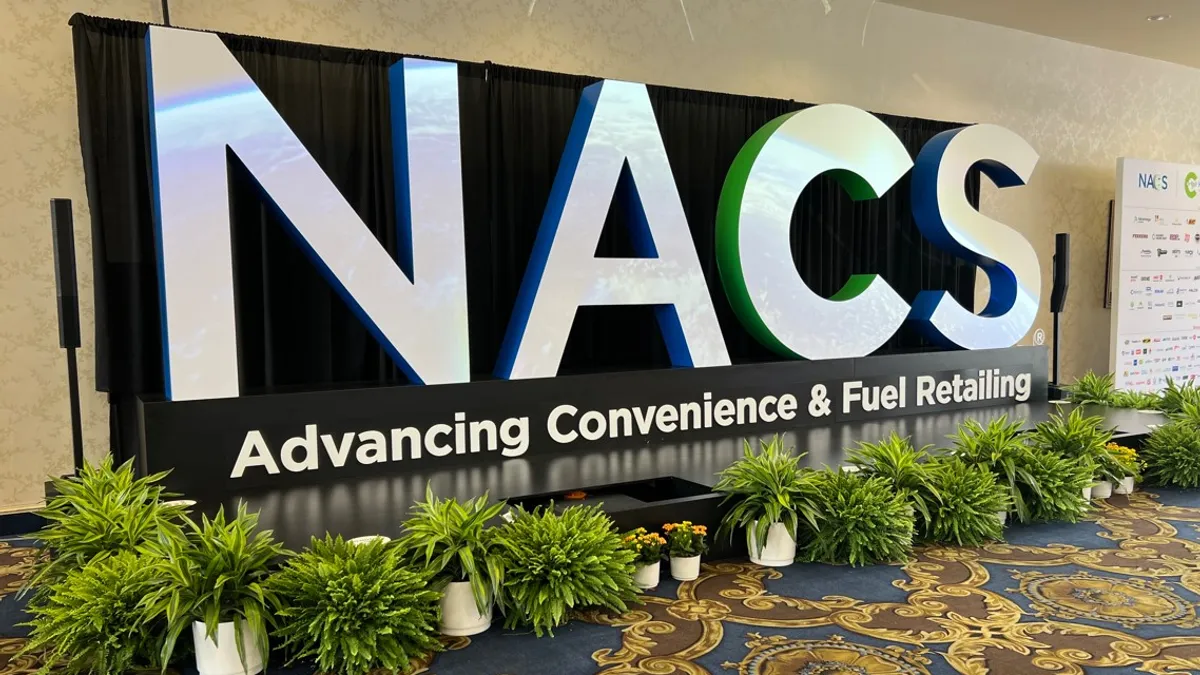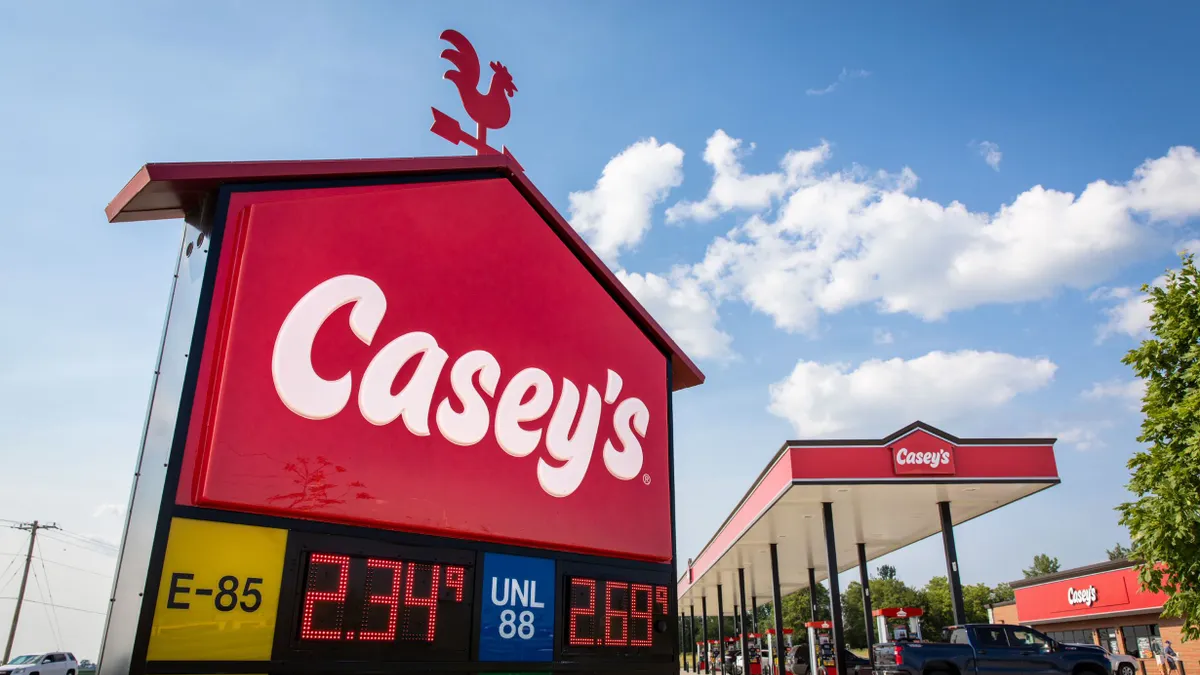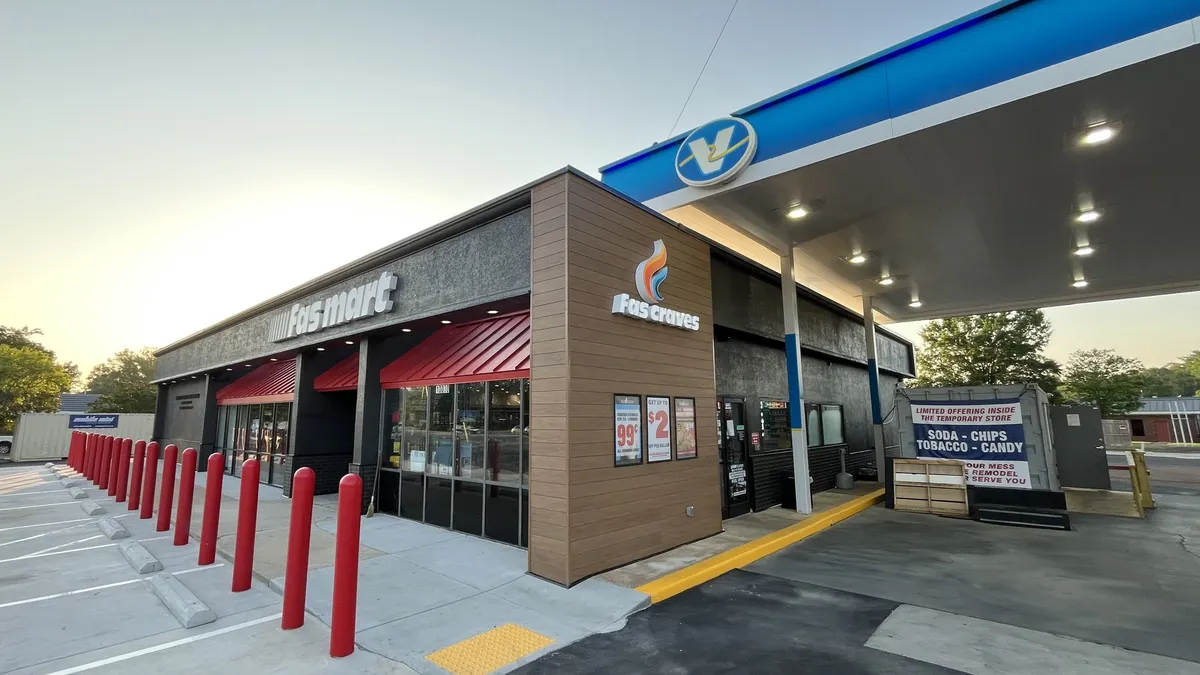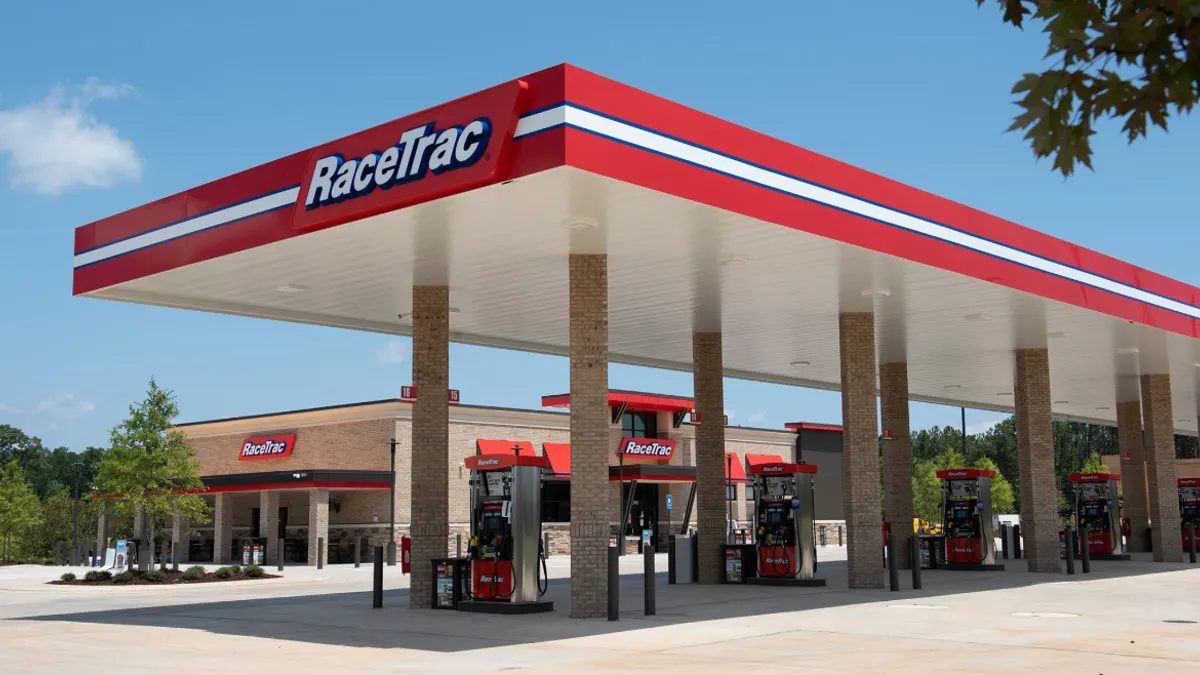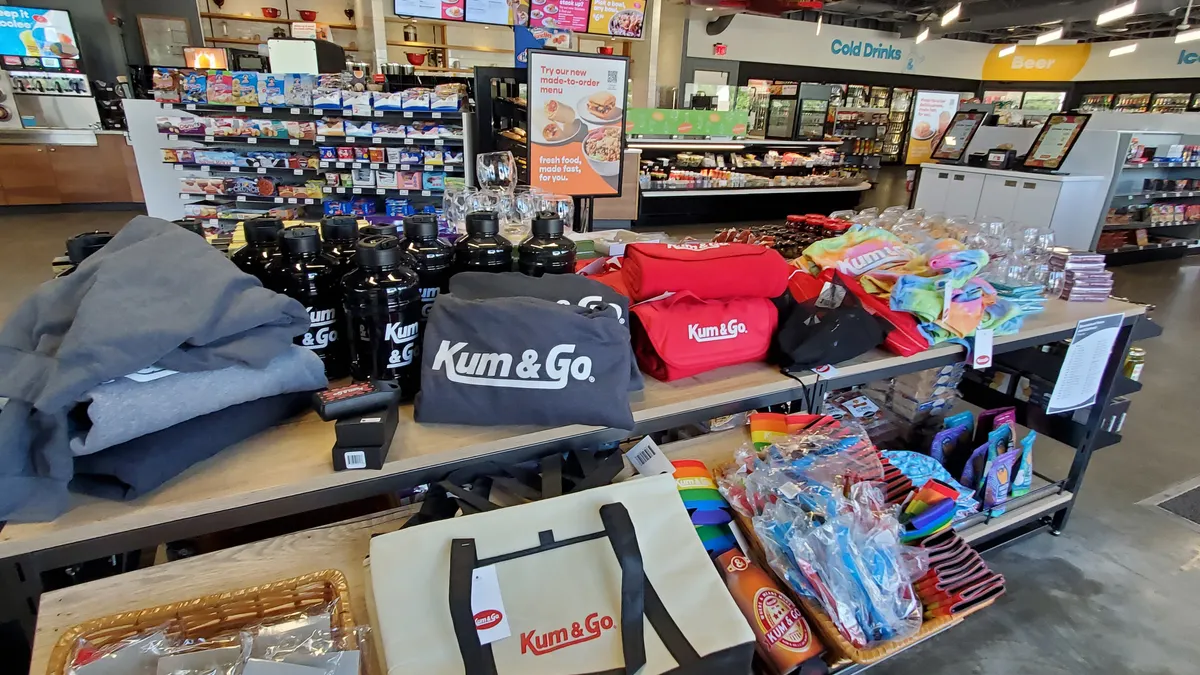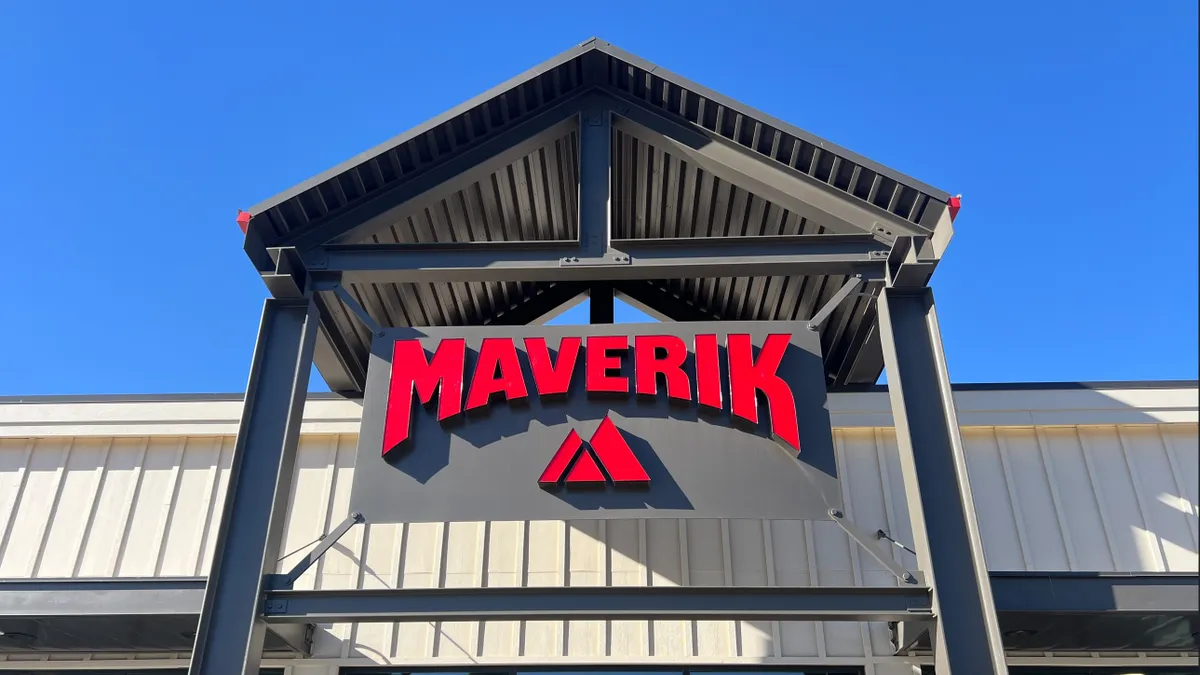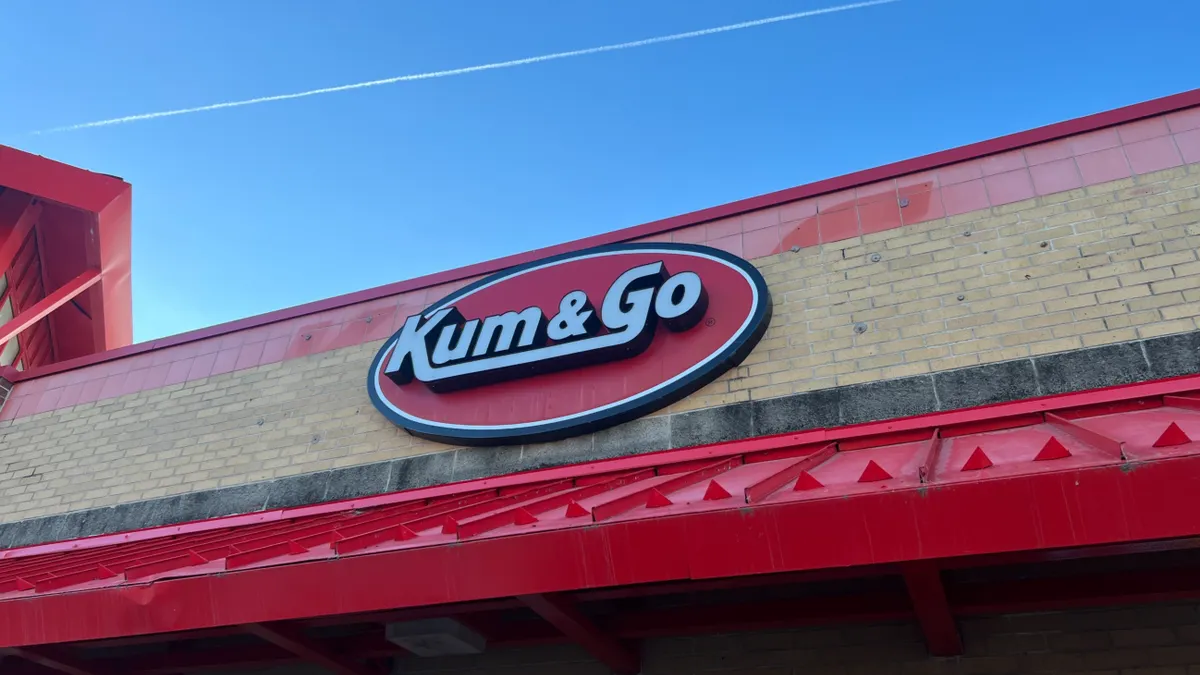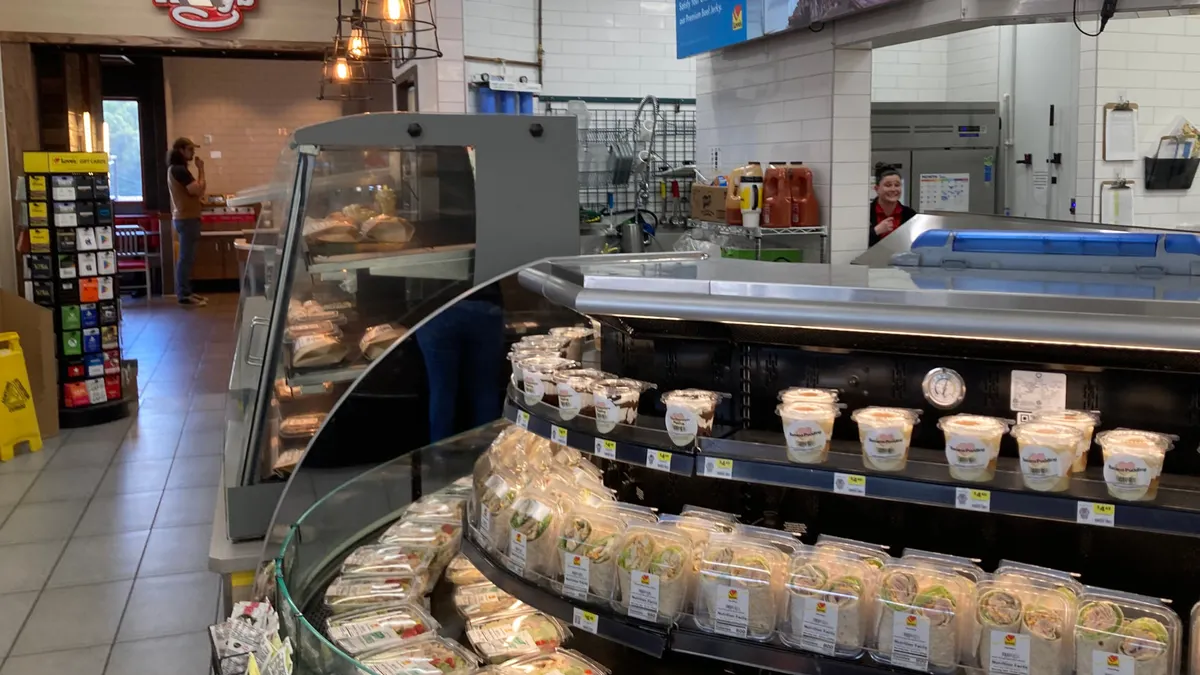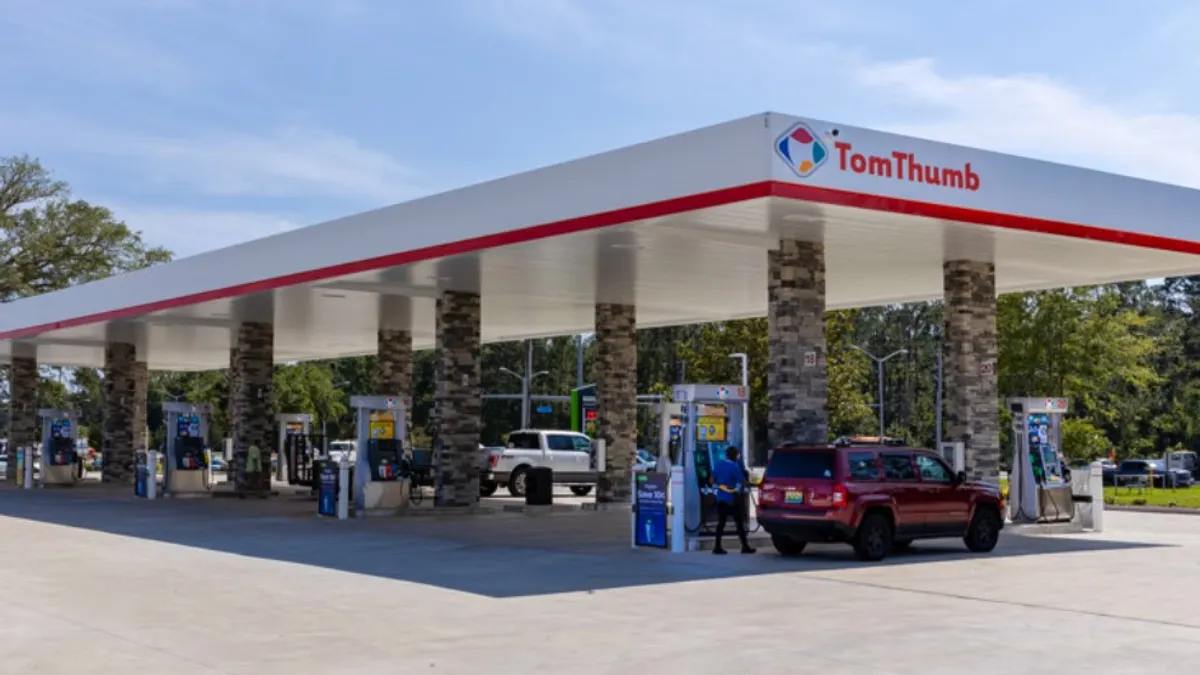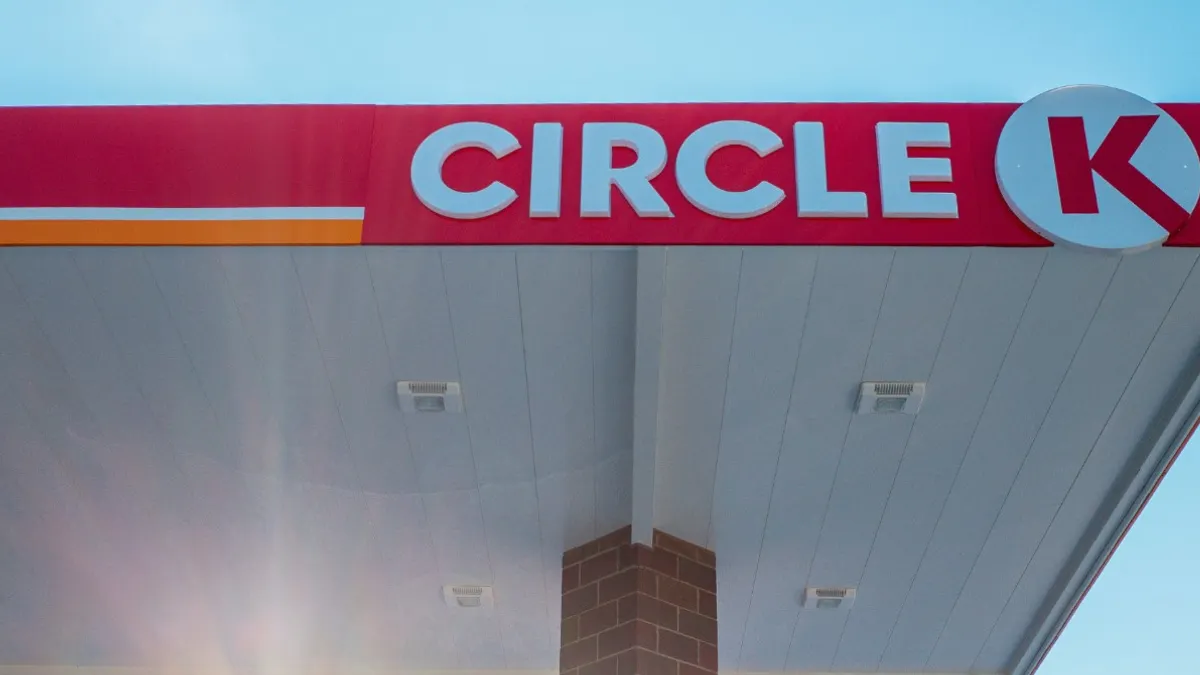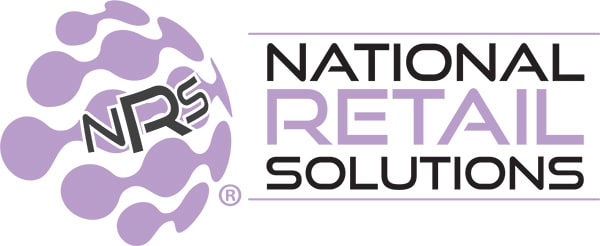Fueling Up is a column from C-Store Dive offering a fresh perspective on the top news and trends in the convenience store industry.
The convenience store industry's Super Bowl is finally back next week. No, I don’t mean the grand opening of another Buc-ee’s. I’m talking about the NACS Show, which will make its way to Chicago for the first time since 2021.
This should be a memorable show for several reasons. For starters, it’ll mark the first time in two decades that NACS’s CEO will pass the torch to a new leader. This will also be the first time everyone on C-Store Dive will be in the same room at once — something I’m personally excited for.
The expo comes during a time of intense competition and uncertainty for the industry, but also during a period of incredible growth and experimentation. Retailers have shown that in the face of economic challenges, they aren’t afraid to try something new to fuel their businesses, whether it be a pickle-flavored chicken sandwich or the jump into retail media. I think we’re going to see an incredible amount of freshness at this year’s show.
Here’s what I’ll be watching for and asking as I make my way through this year’s show.
Will industry consolidation reach a breaking point?
Coming into 2025, several experts told C-Store Dive that they expected industry consolidation to intensify, especially for smaller retailers who are struggling to stay afloat amid today’s difficult operating economy. Fast forward about 10 months and those experts were right: M&A has once again dominated the conversation in the c-store industry.
Besides one seismic deal — looking at you, Parkland — most of these divestitures have come from small and mid-size operators selling off part or all of their businesses. This summer alone, regional chains such as Redwood Oil Company and Green Valley Grocery exited the industry.
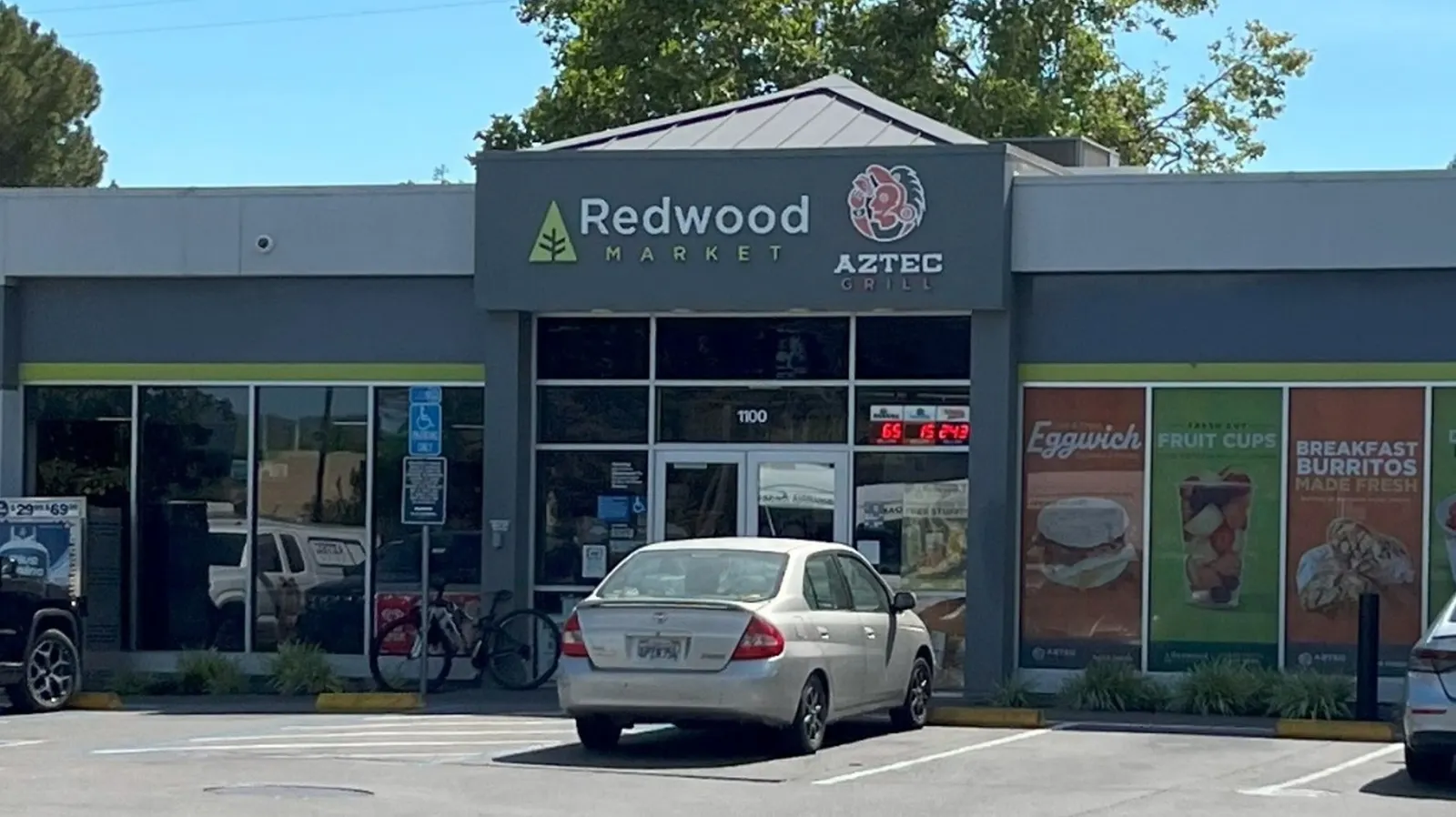
Which leads to my first big question heading to NACS: When will this consolidation reach a breaking point, if at all? With the number of small and mid-size retailers in the industry dwindling, there has to come a point where the big players like Casey’s and Circle K run out of businesses to acquire.
Right?
How can retailers lower costs while still growing?
Convenience retailers have been trying to lower operating costs for years and haven’t been afraid to test new ways to achieve that, from labor-saving technology to supply chain management programs.
While some retailers have found bits of success, the industry is still struggling to keep costs down. An exec from a chain of roughly 50 c-stores told me during the recent Refuel USA forum that costs are so tough that he’s not currently trying to grow his business, but instead is focused on keeping things afloat.
Something tells me most of the industry feels similarly.
Retailers are aware of one way to relieve the pressure — passing costs onto customers. With tariffs likely to change operations and costs in the near future, experts have told me this is inevitable. But that’s not a long-term strategy any retailer wants, as raising prices could lead to unhappy customers.
So how else can c-store operators lower costs and achieve meaningful growth?
How will retail media evolve?
For this column in 2023, I asked why retail media wasn’t taking off in c-stores the way the industry had anticipated after 7-Eleven and Casey’s launched their retail media networks.
Two years later, the industry has caught up. Love’s Travel Stops & Country Stores, Weigel’s, EG America, BP, Parker’s Kitchen and numerous others have debuted or joined retail media networks over the past couple of years.
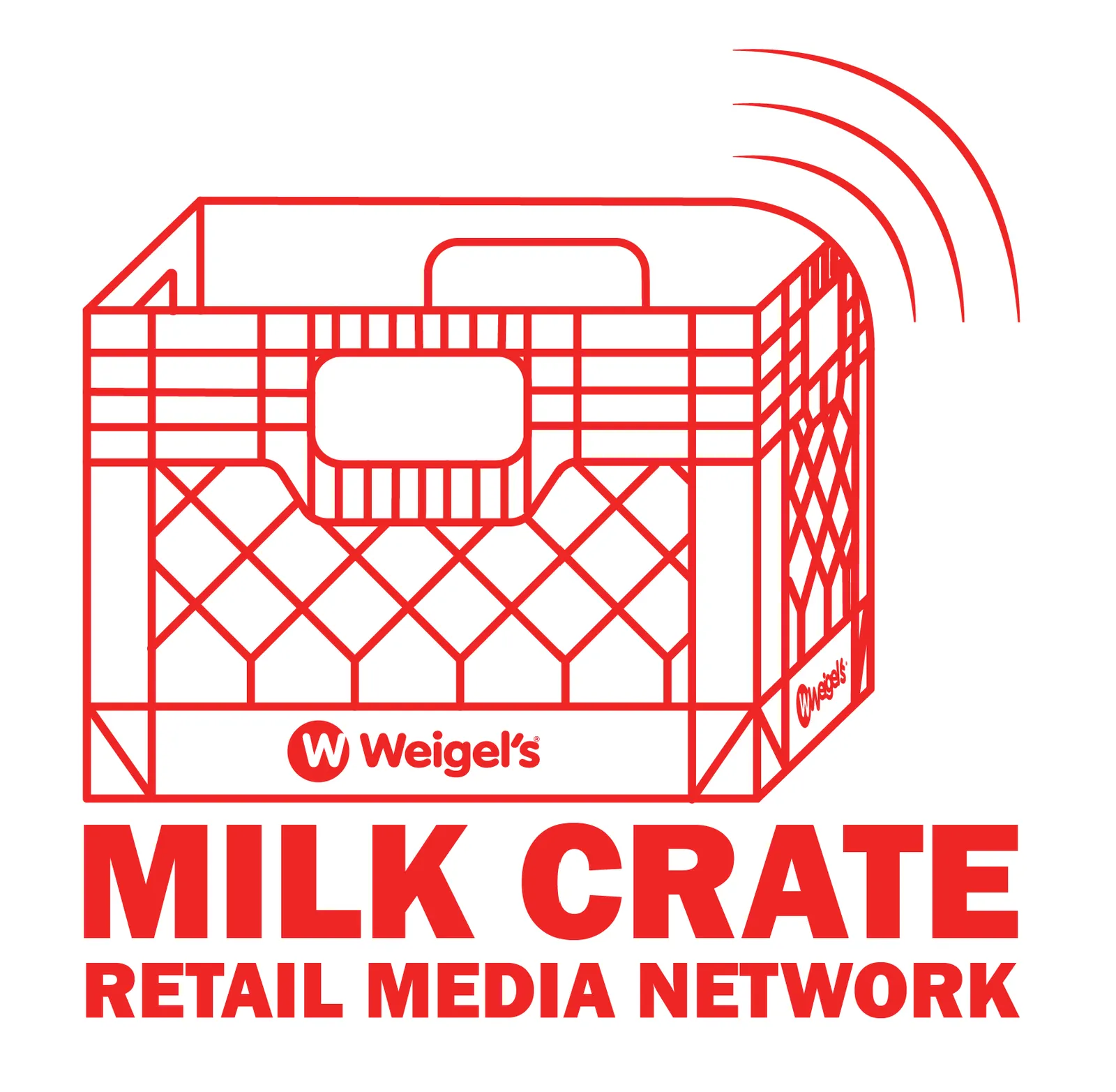
C-store operators of all sizes are now leaning into in-store media assets like digital screens and audio broadcasts to improve brand visibility and drive sales for CPG advertisers. The once interesting trend has seemingly become a staple for most of the industry.
I’m now wondering how c-store retail media will evolve in the next year or two. Will this be done through smarter targeting? More predictive shopper analytics? Using AI to enhance the networks?
I’m sure retail media will be a hot topic at this year’s show, and I’ll be listening to how the industry intends to drive this channel forward.
Can retailers crack the Gen Z workforce code?
Generation Z is next in line to take on store-level and corporate jobs at convenience retailers. But the industry is struggling to hire and retain these younger employees for several reasons and often can’t even keep prospects engaged through an entire interview process.
One exec from a small c-store retailer told me at the Refuel USA forum that Gen Z employees aren’t as accepting of long work days as older generations. This is in line with what recent data has shown — that Gen Z employees want work-life balance and flexible scheduling. They want it so much that they’re willing to take on a lower salary if it means they can pick when they work and work less.
Labor is often the star of the show at NACS, since hiring and retention are unfortunately never-ending issues for convenience retailers. With Gen Z expected to make up more than a quarter of the workforce by 2025, I’d be surprised if talk of engaging this generation of workers isn’t front and center at this year’s expo.
What foodservice trends will steal the spotlight?
In 2023, it was buffalo-flavored snacks. Last year, it was boneless fried chicken bites and tenders. What will this year’s foodservice craze look like at the NACS Show?
I could make a bold prediction and say something like coffee-flavored proteins, but to be honest, I have no idea. C-Store Dive recaps new foodservice launches nearly every month, and each time we do, I’m amazed at the variety of items and flavors the industry is tapping into. Nowadays at c-stores, healthy is in, but so is fried. Grab-and-go reigns supreme, but made-to-order is becoming a staple by the day.
I’m excited to browse the show floor to see what items or flavors are appearing from booth to booth — and on people’s plates.


